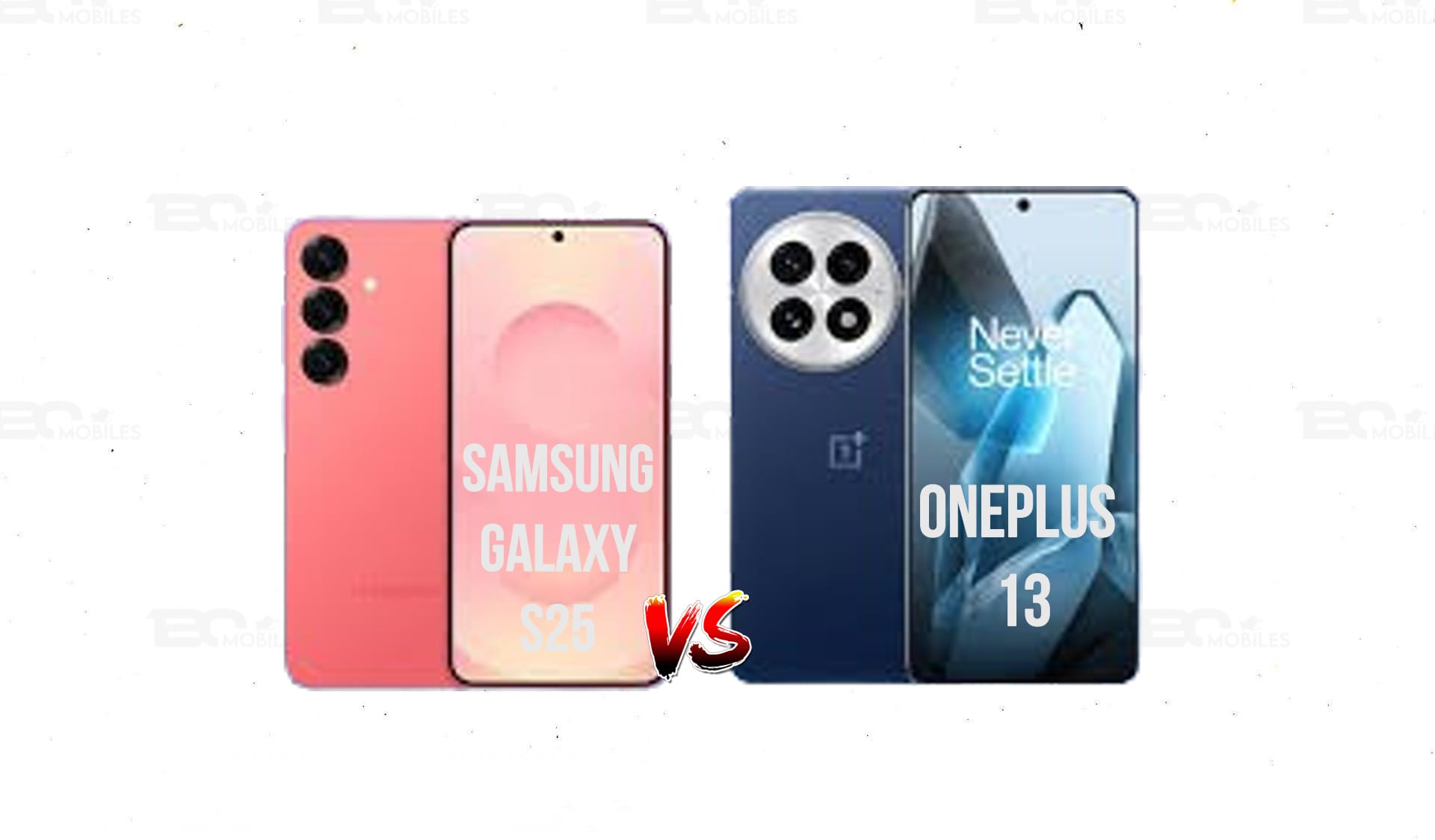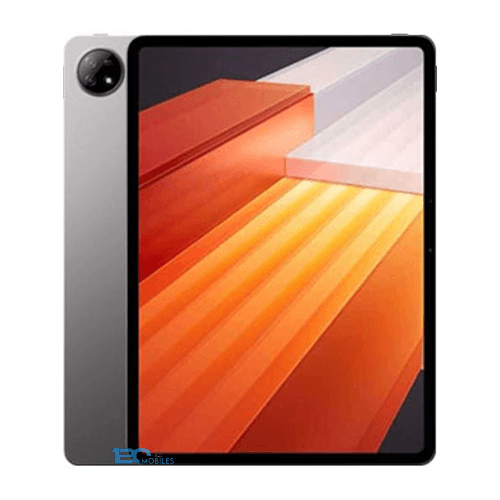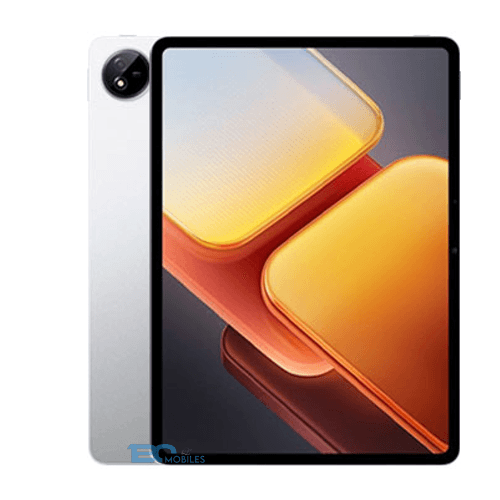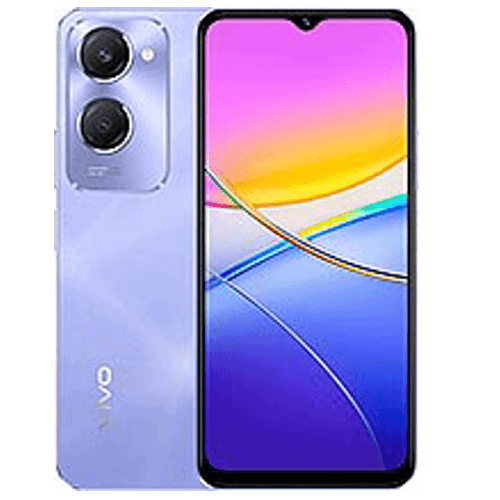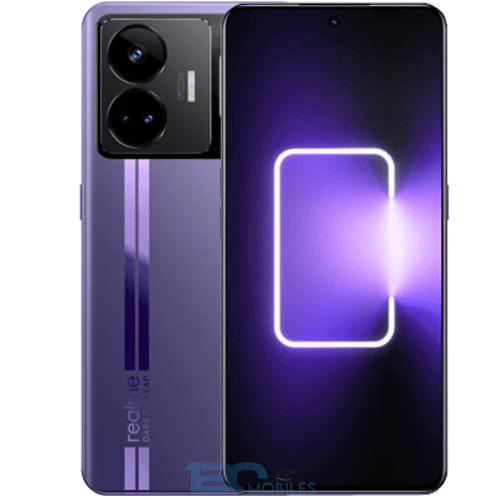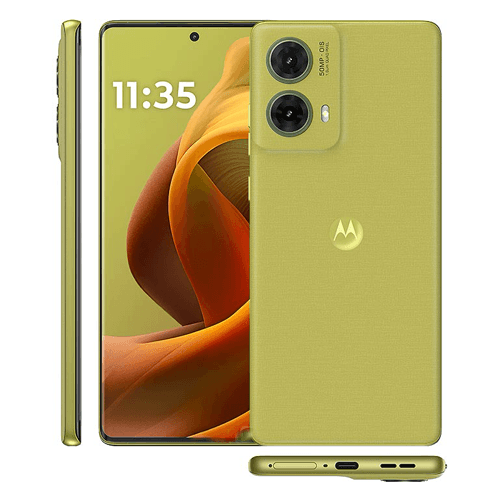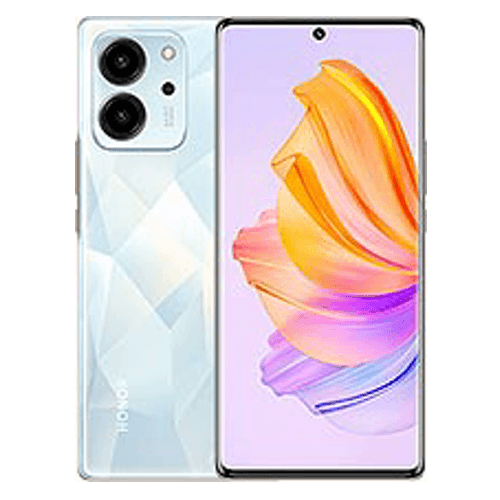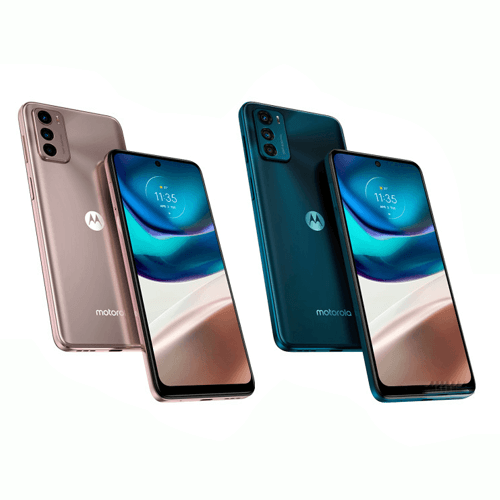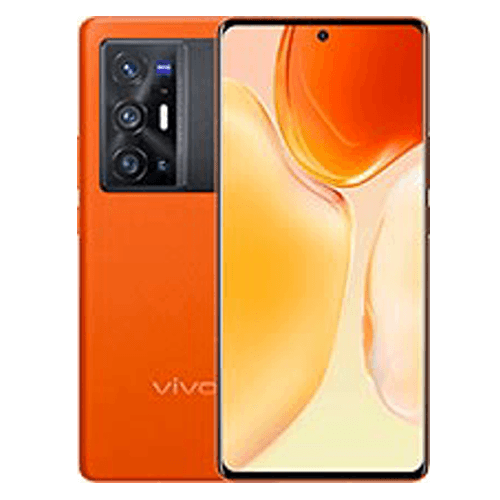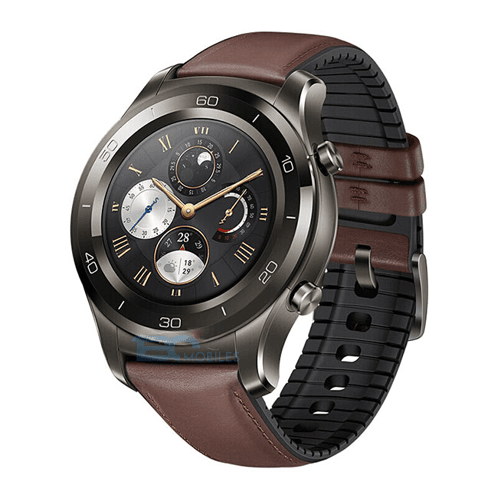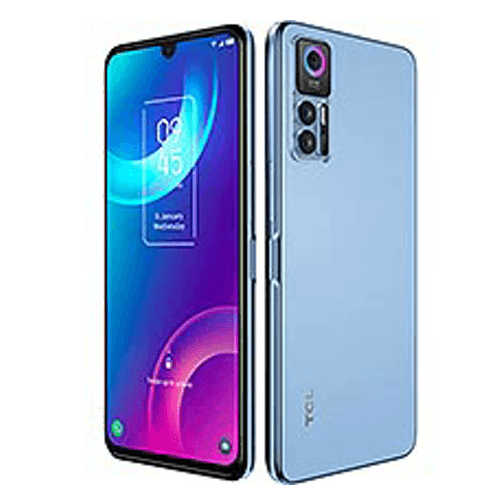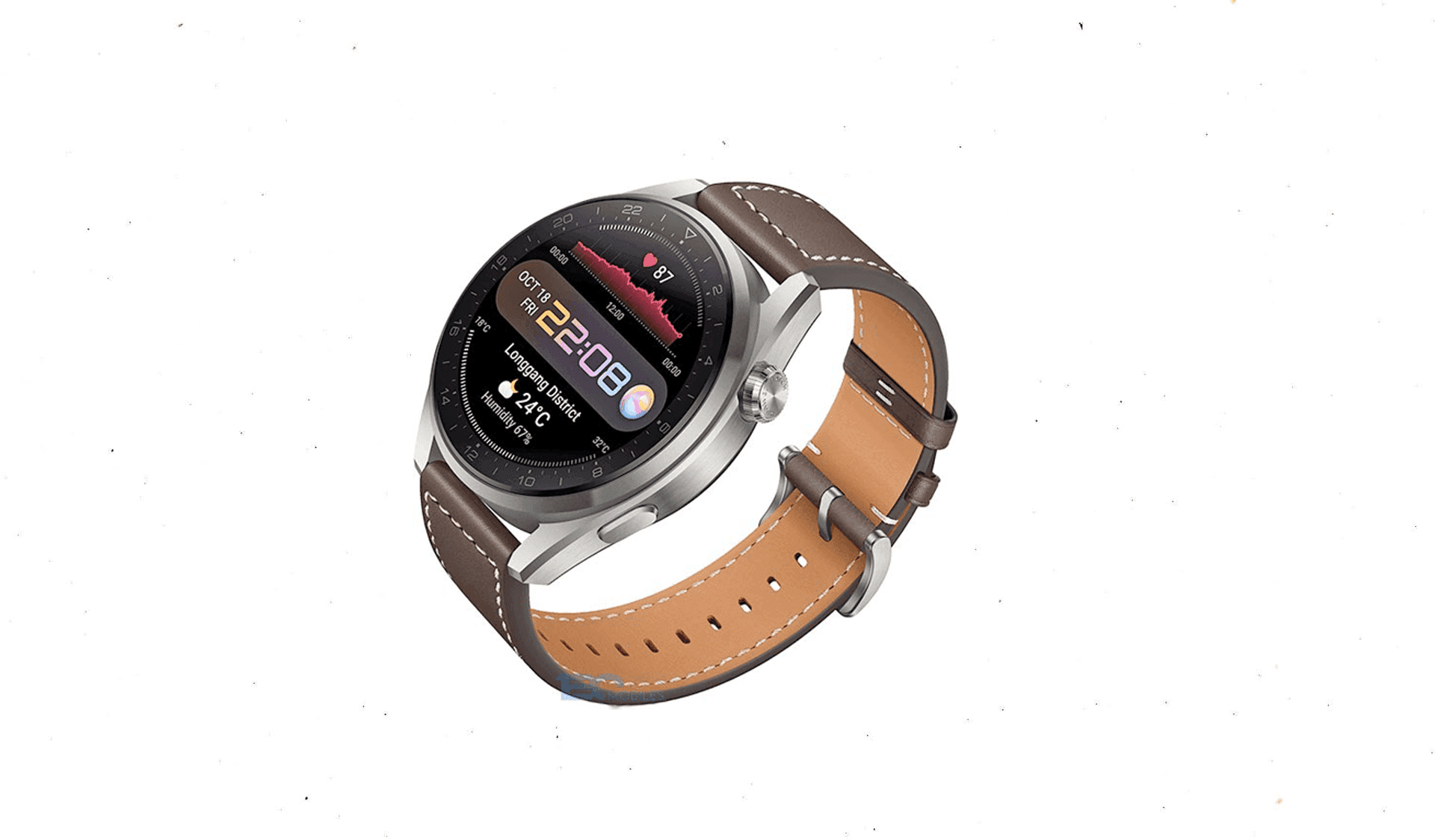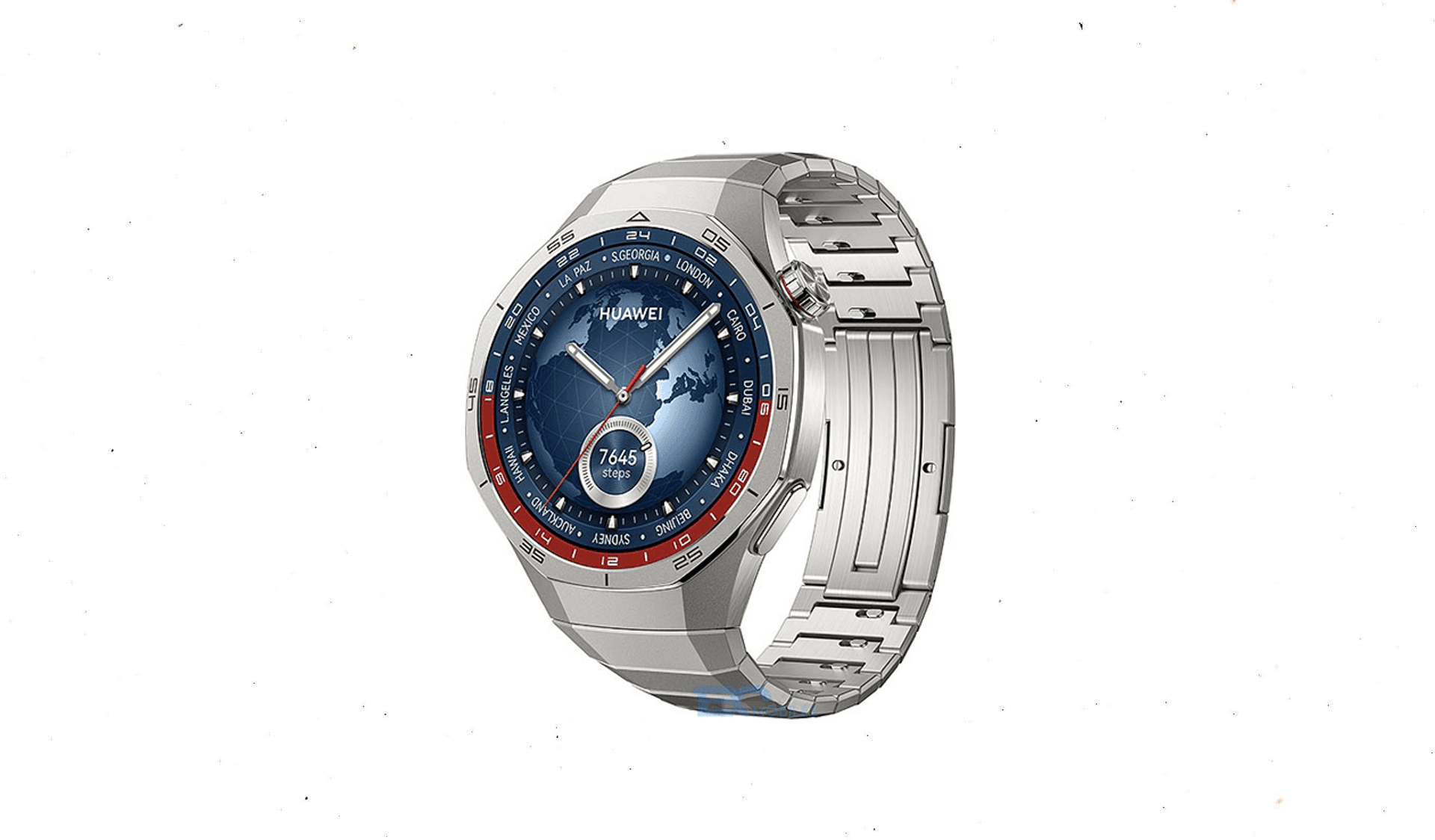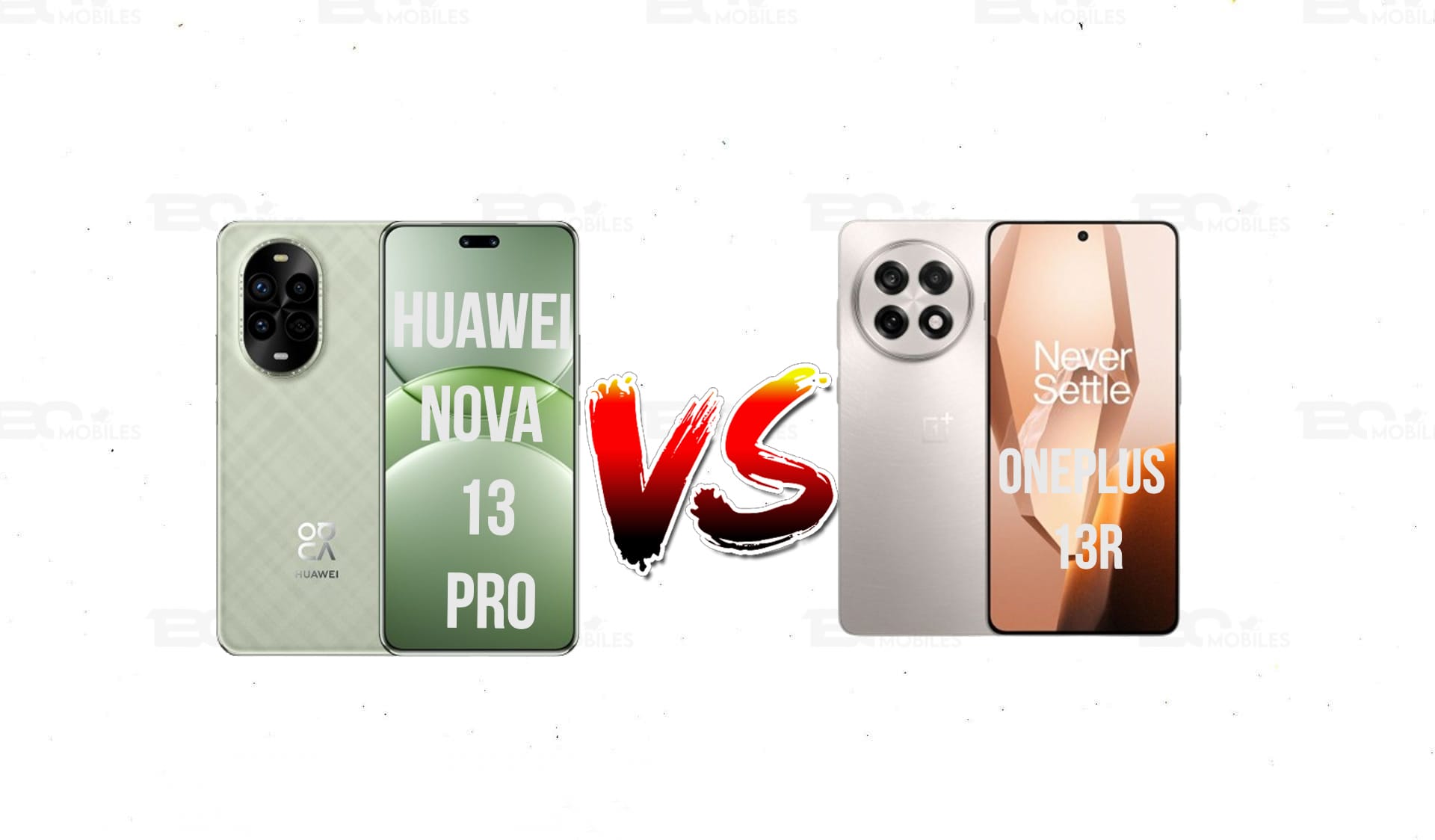Here’s a detailed comparison between the Samsung Galaxy S25 and OnePlus 13.
📑 Table of Contents:
- 📏 Size Comparison
- 🖥️ Display Comparison
- 🔋 Battery Life
- ⚡ Charging Speed
- 🔊 Speaker Test
- 🚀 Performance
- 📊 Benchmark Performance
- 📸 Camera Comparison
- 🎥 Video Quality
- 🏆 Overall Verdict
📏 Size Comparison
Feature | Samsung Galaxy S25 | OnePlus 13 |
|---|---|---|
Dimensions (Height x Width x Thickness) | 146.3 x 70.8 x 7.6 mm | 150.4 x 72.2 x 8.2 mm |
Weight | ~195 grams | ~202 grams |
Display Size | 6.2 inches (Dynamic AMOLED 2X, 120Hz refresh rate) | 6.7 inches (AMOLED, 120Hz refresh rate) |
Screen-to-Body Ratio | ~90.2% | ~89.5% |
Bezel Thickness | Ultra-thin bezels (1.5mm uniform) | Thin bezels (2.0mm uniform) |
Build Material | Armor Aluminum Frame + Gorilla Glass Victus 3 | Aerospace-grade Aluminum Frame + Gorilla Glass Victus 2 |
Water and Dust Resistance | IP68 (Up to 1.5m for 30 minutes) | IP68 (Up to 1.5m for 30 minutes) |
Curved Display | Subtly curved edges for ergonomic grip | Heavily curved edges for aesthetic appeal |
Port Placement | USB-C port centered at the bottom, flanked by speaker grille and mic | USB-C port slightly off-center, flanked by speaker grille and mic |
🖥️ Display Comparison
Feature | Samsung Galaxy S25 | OnePlus 13 |
|---|---|---|
Display Type | AMOLED with Dynamic Refresh Rate | LTPO AMOLED |
Screen Size | 6.7 inches | 6.8 inches |
Resolution | 3200 x 1440 pixels (WQHD+) | 3168 x 1440 pixels (WQHD+) |
Refresh Rate | Adaptive 1-120Hz | Adaptive 1-120Hz |
Peak Brightness | 2000 nits | 1800 nits |
Color Gamut | DCI-P3 100% | DCI-P3 100% |
HDR Support | HDR10+ | HDR10+ |
Touch Sampling Rate | 480Hz | 360Hz |
Gorilla Glass Protection | Gorilla Glass Victus 2 | Gorilla Glass Victus |
Always-On Display | Yes, with advanced customization options | Yes, with basic customization |
Curved Edges | Subtle curved edges for ergonomic design | Aggressive curved edges for aesthetic appeal |
Under-Display Camera | No | Yes |
🔋 Battery Life
Feature | Samsung Galaxy S25 | OnePlus 13 |
|---|---|---|
Battery Capacity | 5000mAh | 5200mAh |
Fast Charging | 45W Super Fast Charging | 100W Warp Charge |
Wireless Charging | 25W Wireless Charging | 50W AirVOOC Wireless Charging |
Reverse Wireless Charging | 4.5W | 10W |
Battery Optimization | AI-based adaptive battery management for optimized power consumption | AI-based battery optimization with focus on app usage patterns |
Screen-On Time (SOT) | Up to 8 hours under typical usage | Up to 9 hours under typical usage |
Software Efficiency | One UI with enhanced power-saving modes | OxygenOS with HyperBoost Gaming Engine for efficient performance |
Standby Power Consumption | Ultra-low power consumption in standby mode | Intelligent sleep mode for minimal power drain |
Gaming Battery Drain | Moderate battery drain during intensive gaming due to dynamic refresh rate adjustments | Minimal battery drain during gaming thanks to HyperBoost Gaming Engine |
Charging Accessories Included | Charger included in the box | Charger not included in the box |
⚡ Charging Speed
Feature | Samsung Galaxy S25 | OnePlus 13 |
|---|---|---|
Battery Capacity | ~5000mAh | ~5000mAh |
Wired Charging Speed | 45W Fast Charging | 100W SuperVOOC (or higher) |
Wireless Charging Speed | 15W Wireless Charging | 50W AirVOOC Wireless Charging |
Reverse Wireless Charging | 4.5W | 10W Reverse Wireless Charging |
Charging Technology | Adaptive Fast Charging with thermal management | Advanced SuperVOOC/SuperWarp Charging with advanced heat dissipation |
Time to Full Charge (Wired) | ~60 minutes | ~20-25 minutes |
Time to Full Charge (Wireless) | ~90 minutes | ~40-45 minutes |
Battery Health Management | AI-based optimization for long-term battery life | AI-based optimization with enhanced lifespan monitoring |
Proprietary Charging Tech | Samsung’s Adaptive Charging | OnePlus’ SuperVOOC/SuperWarp Charging |
🔊 Speaker Test
Feature | Samsung Galaxy S25 | OnePlus 13 |
|---|---|---|
Speaker Type | Stereo speakers with Dolby Atmos support | Stereo speakers with Dolby Atmos support |
Sound Quality | Rich bass, clear mids, and crisp highs with advanced tuning | Balanced sound profile with slightly emphasized bass |
Loudness | Up to 98dB (high volume without distortion) | Up to 95dB (slightly lower maximum volume) |
Spatial Audio | Yes, with dynamic head tracking | Yes, but limited head tracking capabilities |
Bass Performance | Deep and punchy bass with minimal distortion | Solid bass but slightly less depth compared to S25 |
Clarity at High Volumes | Clear and distortion-free even at maximum volume | Minor distortion noticeable at maximum volume |
Gaming Sound Optimization | Game-specific sound profiles with real-time adjustments | Basic gaming sound enhancement |
Call Quality (Speaker Mode) | Enhanced voice isolation with noise cancellation | Standard voice clarity with basic noise reduction |
Water Resistance Impact | IP68-rated speakers maintain performance underwater | IP67-rated speakers may have slight degradation in water |
Audio Customization | Equalizer with presets and manual adjustments | Limited equalizer options with fewer presets |
🚀 Performance
Feature | Samsung Galaxy S25 | OnePlus 13 |
|---|---|---|
Processor | Qualcomm Snapdragon 8 Gen 4 (or Exynos 2500, region-dependent) | Qualcomm Snapdragon 8 Gen 4 |
CPU Architecture | Octa-core (1x Cortex-X5 Prime, 3x Cortex-A7xx, 4x Cortex-A5xx) | Octa-core (1x Cortex-X5 Prime, 3x Cortex-A7xx, 4x Cortex-A5xx) |
GPU | Adreno 850 | Adreno 850 |
RAM Options | 8GB / 12GB / 16GB LPDDR5X | 8GB / 12GB / 16GB LPDDR5X |
Storage Options | 128GB / 256GB / 512GB / 1TB UFS 4.0 | 128GB / 256GB / 512GB / 1TB UFS 4.0 |
Operating System | Android 14 with One UI 6.0 | Android 14 with OxygenOS 14 |
AI Capabilities | Advanced AI Engine for real-time processing, photography, and voice recognition | Enhanced AI Engine with focus on gaming optimization and multitasking |
Thermal Management | Vapor chamber cooling system with advanced heat dissipation | Large vapor chamber cooling system |
Gaming Performance | Optimized for AAA gaming titles with high frame rates and low latency | HyperBoost Gaming Engine for smoother gameplay and reduced touch latency |
Battery Life | 5000mAh with adaptive power-saving features | 5000mAh with adaptive charging and power-saving modes |
Charging Speed | 45W wired, 25W wireless, 15W reverse wireless | 100W wired, 50W wireless, 10W reverse wireless |
5G Connectivity | Sub-6GHz and mmWave support | Sub-6GHz and mmWave support |
Biometric Security | Ultrasonic fingerprint scanner + Face Recognition | Optical fingerprint scanner + Face Recognition |
Software Updates | 4 years of OS updates and 5 years of security patches | 3 years of OS updates and 4 years of security patches |
📊 Benchmark Performance
🔹 GeekBench 6
| Specification | Samsung Galaxy S25 | OnePlus 13 |
|---|---|---|
| Single-Core | ~3160 | ~3160 |
| Multi-Core | ~9941 | ~9941 |
🔹 Antutu 10
| Specification | Samsung Galaxy S25 | OnePlus 13 |
|---|---|---|
| Total Score | ~2.2M | ~2.2M |
🔹 3DMark
| Specification | Samsung Galaxy S25 | OnePlus 13 |
|---|---|---|
| GPU Score | Same | Same |
📸 Camera Comparison
Feature | Samsung Galaxy S25 | OnePlus 13 |
|---|---|---|
Main Camera Sensor | 200MP, f/1.7, OIS | 108MP, f/1.8, OIS |
Ultra-Wide Camera | 12MP, f/2.2, 120° field of view | 50MP, f/2.2, 115° field of view |
Telephoto Camera | 10MP, 3x optical zoom, 30x digital zoom, OIS | 64MP, 3.5x optical zoom, 50x digital zoom, OIS |
Front Camera | 12MP, f/2.2, Dual Pixel AF | 32MP, f/2.4 |
Aperture Size | Main: f/1.7, Ultra-Wide: f/2.2, Telephoto: f/2.4 | Main: f/1.8, Ultra-Wide: f/2.2, Telephoto: f/2.4 |
Low-Light Performance | Improved Nightography with AI Noise Reduction and Brightness Optimization | Nightscape Mode with AI Multi-Frame Processing |
Video Recording | 8K at 30fps, 4K at 60fps, HDR10+, Enhanced Super Steady Mode | 8K at 24fps, 4K at 60fps, HDR10+, Standard OIS |
Pro Mode Features | Full manual controls (ISO, shutter speed, white balance, etc.) | Manual controls (ISO, shutter speed, white balance) |
AI Enhancements | Real-time object tracking, enhanced color accuracy, adaptive exposure adjustments | Scene recognition, basic object tracking |
Macro Photography | Dedicated macro lens with autofocus | No dedicated macro lens, software-based macro mode |
Portrait Mode | Advanced bokeh effects, real-time depth adjustment | Bokeh effects, AI-based depth adjustment |
🎥 Video Quality
Feature | Samsung Galaxy S25 | OnePlus 13 |
|---|---|---|
Main Camera Video Resolution | 8K at 30fps, 4K at 60fps | 8K at 24fps, 4K at 60fps |
Front Camera Video Resolution | 4K at 30fps | 4K at 30fps |
Stabilization | Advanced Optical Image Stabilization (OIS) + Enhanced Super Steady Mode | Optical Image Stabilization (OIS) + Electronic Image Stabilization (EIS) |
Low-Light Video Performance | Improved Nightography with AI Noise Reduction and Brightness Optimization | Night Mode Video with basic AI Noise Reduction |
HDR Video Recording | HDR10+ | HDR10 |
Slow Motion Video | 960fps Super Slow Motion at HD resolution | 960fps Super Slow Motion at HD resolution |
Audio Zoom | Yes, with enhanced directional audio capture | Yes, with directional audio capture |
Pro Video Mode | Full manual controls (ISO, shutter speed, white balance, etc.) | Limited manual controls |
Time-Lapse Video | Available with customizable intervals and exposure settings | Available with fixed intervals |
AI Video Enhancements | Real-time object tracking, enhanced color accuracy, and adaptive exposure adjustments | Basic scene recognition and limited object tracking |
Thermal Management | Advanced cooling system for extended high-quality video recording | Standard cooling system |
🏆 Overall Verdict
🔹 Pros
Samsung Galaxy S25:
✅ More compact and lightweight design
✅ Better software optimization (One UI)
✅ Long-term software support (4-5 years of updates)
✅ Stronger video stabilization
OnePlus 13:
✅ Larger, higher-resolution, and faster display (144Hz refresh rate)
✅ Much bigger battery (5500mAh)
✅ Faster charging (100W wired, 50W wireless)
✅ Higher-resolution cameras (50MP + 50MP + 50MP)
✅ More RAM options (up to 16GB)
🔹 Cons
Samsung Galaxy S25:
❌ Smaller battery (4000mAh)
❌ Slower wired and wireless charging
OnePlus 13:
❌ Slightly bulkier and heavier
❌ OxygenOS updates are not as long as Samsung’s One UI

